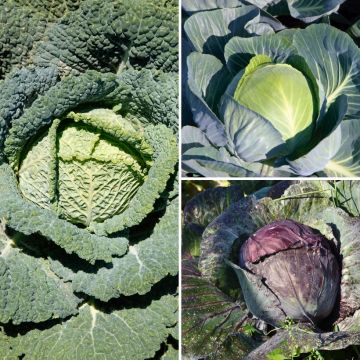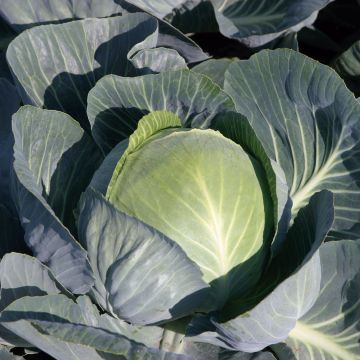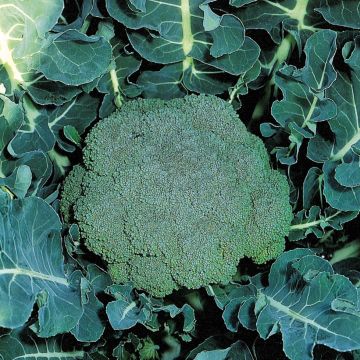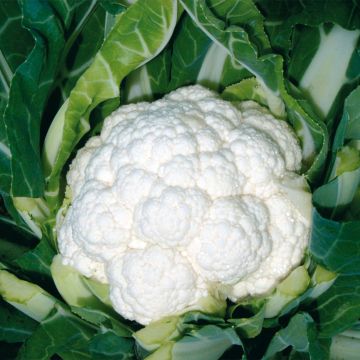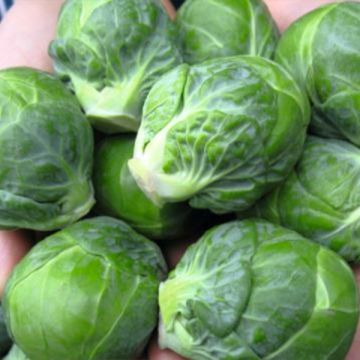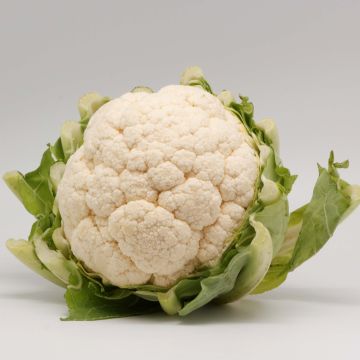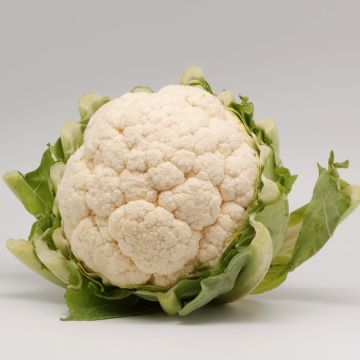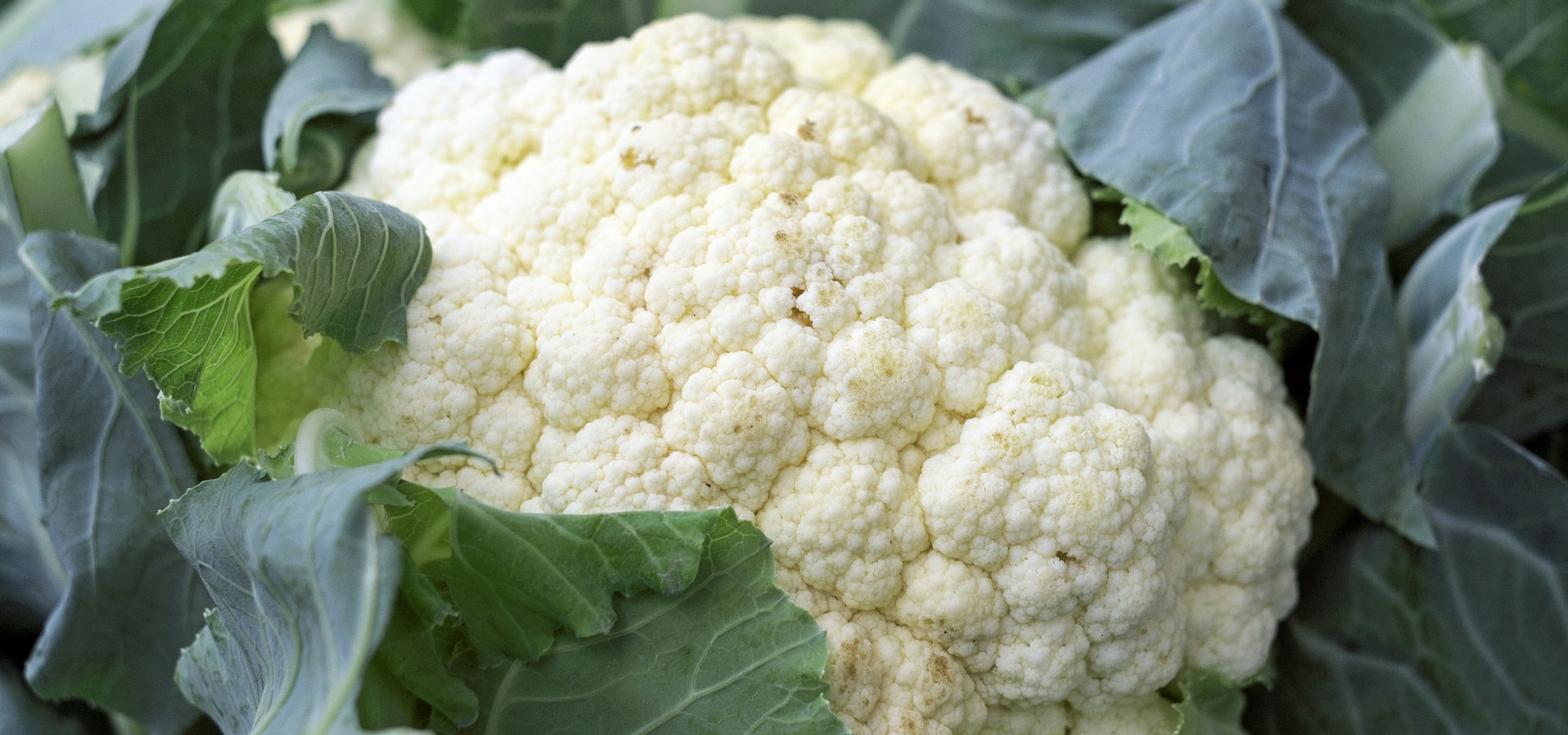
Succeeding in growing cauliflower and broccoli
Sowing, planting, maintenance and harvest
Contents
Cauliflower and broccoli, two green gems of the vegetable garden, are renowned for their nutritional benefits and versatility in the kitchen. They are ubiquitous in our gardens, but when it comes to cauliflower, its name doesn’t truly reflect its nature. In reality, what we consume is not its flower, but a fleshy and immature part of the plant. Cauliflower and broccoli are quite demanding crops that require a bit of time and attention. Discover all our tips and tricks on how to sow, plant, and care for them, ensuring you enjoy generous harvests!
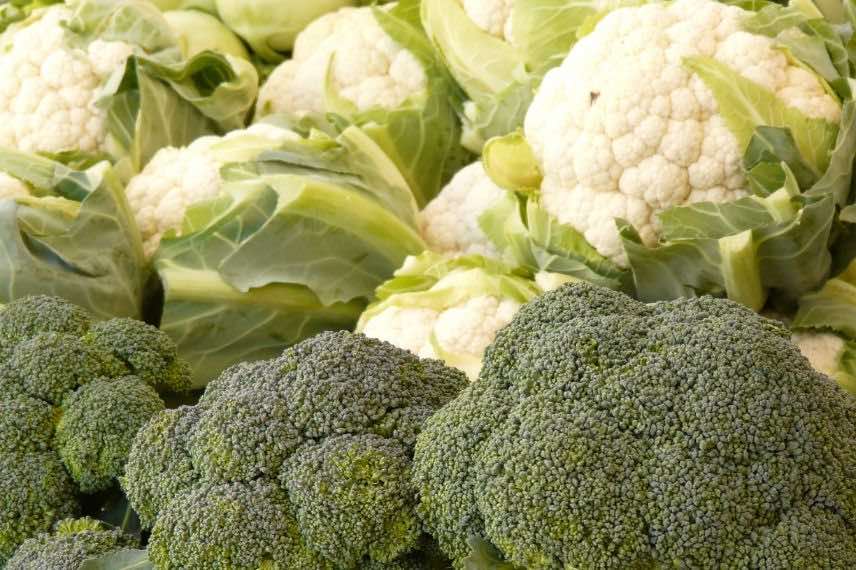
When and how to sow cauliflower and broccoli?
Each variety of cauliflower and broccoli corresponds to an ideal sowing period: this information is indicated on the seed packet, and it is important to refer to it.
The sowing period for cauliflower extends from January to August, for example:
- ‘Merveille de toutes saisons’ is sown from January to June for a harvest from June to November,
- ‘Alpha 6 Fortados’ is sown from February to May for a harvest in July – August,
- ‘Clovis F1’ is sown from April to August, for a harvest from September to January.
The sowing of broccoli extends from March to the end of July, depending on the varieties, for a harvest that will take place from June to December:
- ‘Verdia F1’ is sown from March to July for a harvest from July to October,
- ‘Summer Purple’ is sown from March to June for a harvest from July to November,
- ‘Romoso Calabrese’ is sown from May to August for a harvest from October to December.
Direct sowing in place is possible, but preparing or purchasing young plants for transplanting is the most commonly used method. Once well developed, the young plants are installed in their final position in the vegetable garden. To learn more, read our tutorial: “How to sow broccoli, a nutrient-rich vegetable!”
Sowing under cover
This is done at home or in a heated shelter from late autumn to late spring, or in a cold greenhouse or nursery for the rest of the year.
- Fill pots or buckets with special sowing compost.
- Sow the seeds of broccoli and cauliflower. They should be buried to a depth of about 1 cm.
- Lightly cover them with compost
- Water with a fine spray
- Remember to keep the substrate moist (but not waterlogged) until germination.
- When the young plants appear strong enough to handle, transplant them into buckets and, for sowings under heated cover, gradually acclimatise them to cooler temperatures before transplanting them into the garden, when no frost is expected.
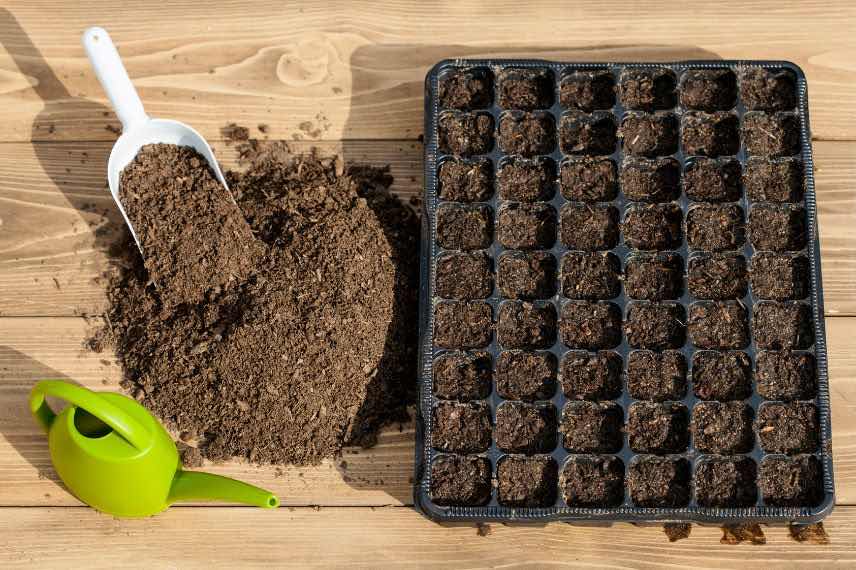
Direct sowing
- Start by preparing the soil: weed, loosen the soil, and add well-decomposed compost or manure
- Draw furrows 1 cm deep, spaced 60 to 80 cm apart for cauliflower and 50 to 60 cm for broccoli
- Sow the seeds and cover them with a thin layer of fine soil
- All that’s left to do is water.
- When the seedlings are well developed, thin them out by keeping one plant every 60 to 80 cm for cauliflower and 60 cm for broccoli
Read also
Sowing and pricking out cabbagesWhere to plant cauliflower and broccoli?
Cauliflower and broccoli are quite demanding vegetables that require well-manured soil, rich in nitrogen and potash. It is advisable to make a generous addition of compost or well-rotted manure (about 3/4 kg per m²) by raking to a depth of 5 cm, after properly loosening the soil, preferably in autumn. They thrive in deep, slightly acidic soils and need sunlight, but can tolerate light shade. Cool and rainy climates suit them perfectly.
These cabbages pair well with many vegetables, such as lettuce or tomato. However, avoid planting them alongside other brassicas, courgettes, fennel, lamb’s lettuce, leeks, and strawberries.
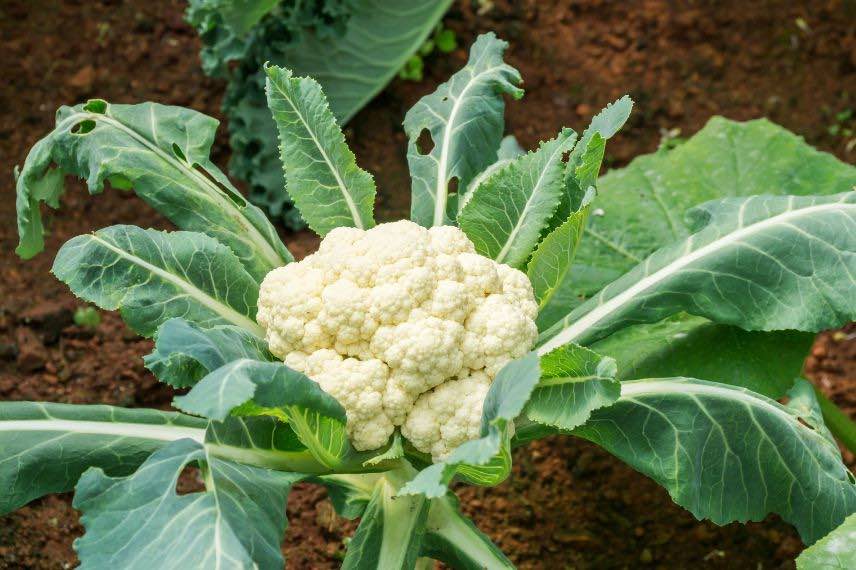
Discover other Cabbage plants
View all →Available in 0 sizes
Available in 2 sizes
Available in 3 sizes
Available in 1 sizes
Available in 1 sizes
Available in 1 sizes
Available in 1 sizes
Available in 1 sizes
Available in 1 sizes
Available in 1 sizes
When and how to plant them?
It is possible to sow directly in open ground, but preparing or purchasing young plants for transplanting is the most commonly used method. Once well-developed, the young plants are settled in the vegetable garden in their final position. They should be planted in a sunny and sheltered location in warmed and well-prepared soil: weeded, loosened with a spade or a bio-fork, then raked with a rake to achieve fine soil.
The planting distances depend on the development of each variety. Generally, a distance of 60 to 80 cm should be maintained between the ranks and 60 to 80 cm between each young plant for cauliflower; and 50 to 60 cm between the ranks and 60 cm between each young plant for broccoli.
- Soak the root ball in water for a few moments before planting
- Dig a hole about twice the size of the root ball
- Place the young plant and cover with fine soil. The young plants should be buried up to the first true leaves: new roots will form along the buried stem, ensuring better anchorage in the soil
- Broccoli plants grow tall: it is advisable, in windy situations, to stake the plants
- Water generously
- To limit watering, we recommend mulching the soil with fine successive layers of grass clippings, if possible mixed with dead leaves
- During the growing season, water moderately but regularly
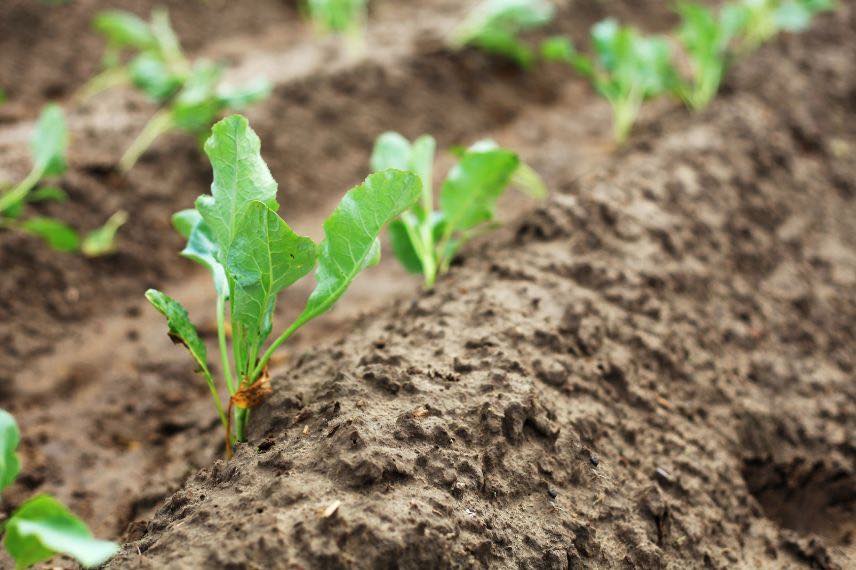
How to care for them?
The maintenance of these cabbages involves performing hoeing, cultivating and regular watering. Their growth is slow, and these tasks recur regularly over a long period. They can be spaced out or significantly reduced if you mulch the soil with fine layers of dried grass clippings, for example.
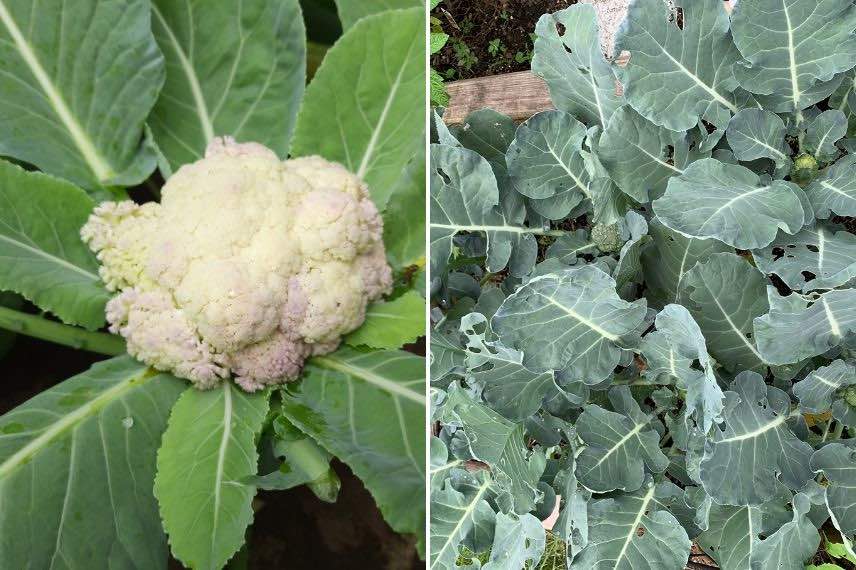
What are pests and diseases?
Cabbages are quite sensitive to diseases and pests. When growing them, you may encounter:
- cabbage root fly whose larvae devour the roots,
- cabbage white, whose caterpillars ravage the foliage,
- cabbage gall midge which attacks the central bud (“blind cabbage”),
- flea beetles that meticulously perforate the leaves of brassicas in general.
Various methods of combating these pests exist (cardboard collars against the fly, spraying with Bacillus thuringiensis, manual collection of caterpillars…) but to keep them at bay, the best prevention is to place, in a hermetic manner, an anti-insect netting.
Regarding diseases, cabbage root gall is the most virulent. It manifests as wilting of the foliage associated with the appearance of nodosities on the collar and roots. There is no natural solution, but the best prevention is to adhere to crop rotations in the vegetable garden by not growing cabbage in the same spot for at least 5 years.
When and how to harvest them?
Harvesting cauliflower occurs when the heads are well-formed but before they burst. Broccoli is harvested in two stages: first the terminal head, which is located at the top of the plant, and then the side shoots that develop afterwards. This is done with a knife.
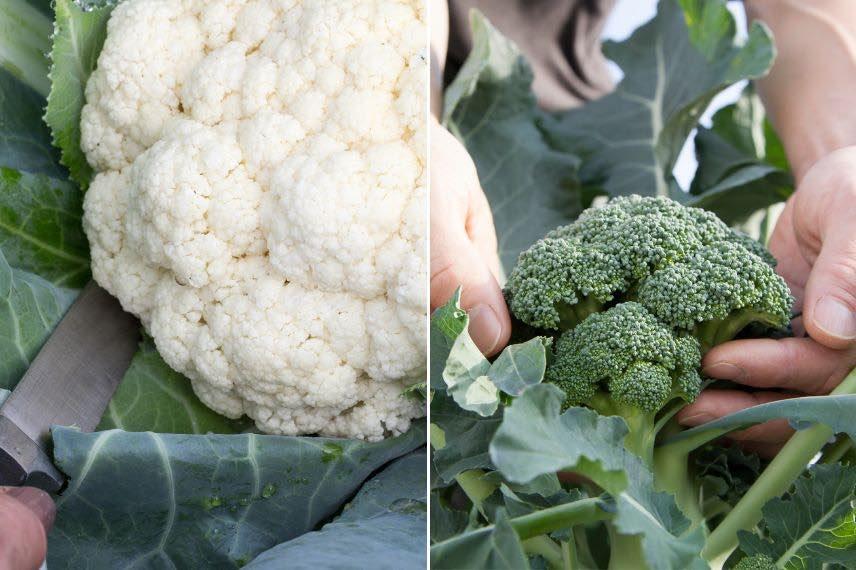
To go further
Discover everything you need to know about cabbage in our comprehensive guide!
- Subscribe!
- Contents































